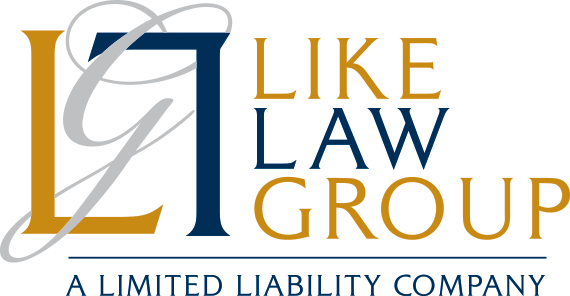Why Women Need a Plan
In 1987, Congress passed a law recognizing March as Women’s History Month—a time to honor the contributions and achievements of women throughout American history in a variety of fields. Women have played a vital role in building the United States into a strong and prosperous nation. Likewise, women are often the backbones of their own families, frequently focusing on meeting the needs of others rather than their own. However, it is important for women to take care of themselves through financial and estate planning designed to provide for their own future needs, which may differ from those of their male family members, as well as family members who may be dependent on them.
Planning Considerations for Women
Longer life expectancies. According to Social Security Administration data, in 2021, women had an average life expectancy of 79.5 years compared to 74.2 years for men. As a result, it is important for women to create an estate plan that accounts for additional years of living expenses during retirement, healthcare costs, and possibly long-term care costs. As women age, there may be a greater possibility that they could become incapacitated and need someone to act on their behalf to make financial and healthcare decisions. Documents such as financial and healthcare powers of attorney and living wills authorize a person they trust to make decisions or take action for them if they are not able to act for themselves. Some women may not only own their own assets but also inherit wealth from both of their parents and a spouse who dies before them, and if so, they need a financial and estate plan to optimally preserve and transfer this wealth. Because women may outlive their spouses, they also may be responsible for administering their spouse’s estate or become the sole surviving trustee of a joint trust. These duties may be difficult for a woman who is experiencing health issues that often occur at an advanced age, and this possibility should be addressed in their estate planning. For example, a woman concerned that she will be unable to handle administering her trust at an advanced age can name a co-trustee or successor trustee to administer it if she is no longer able to do so.
Lower earnings. According to U.S. Census Bureau data, women continue to earn less than men, and the pay gap widens as they age. In addition, because some women have shorter employment histories due to time off to raise children or care for aging parents, they may have less saved for retirement. As a result, it is important for them to take steps to protect their money and property from lawsuits or creditors’ claims. For example, a woman could transfer her money and property to an irrevocable trust. Because she is no longer the legal owner of the property, a creditor cannot reach it to satisfy claims against her, assuming the trust is properly drafted to include appropriate distribution standards and administrative and other provisions. The woman may be a discretionary beneficiary of the trust, and the trustee may distribute the funds she needs for living expenses. Additionally, because they may have less money and property during their retirement, women need to have a solid plan in place to make sure that they are able to financially provide for their loved ones upon their death and that unnecessary costs and expenses are minimized to the extent possible.
Care for loved ones. Many women are caregivers for minor children, adult children with special needs, or aging parents. As a result, they are often concerned about who will care for their loved ones if they are no longer able to do so. If a spouse or sibling is not available to provide care, they need to make sure that another family member or trusted individual can be the caregiver (sometimes called a guardian of the person) for their loved one. The same individual—or someone else—can serve as the guardian of the loved one’s estate (sometimes called a conservator or guardian of the estate) to manage the inheritance for their benefit. In the case of a child with special needs, if no family member is able to take on the responsibility of their care, a group home or assisted living facility may be the best choice. A special needs trust may need to be established to ensure that funds are available for the child’s care but do not decrease the amount of government benefits they are eligible to receive.
Your Crucial Role as Financial Advisor
Your female clients count on you to help them invest their money appropriately to maximize their savings and inherited wealth for retirement, healthcare needs, long-term care, and care for loved ones who depend on them. As their trusted advisor, you can also advise them about whether their insurance is sufficient to provide the funds they need. They may have some disability and life insurance coverage through their employer, but you can evaluate whether it is sufficient to cover their needs if they are no longer able to work due to illness or injury, and if additional life insurance is needed to pay for the care of family members who are unable to provide for themselves or fund a special needs trust. Please give us a call so we can work together to address the unique needs of our women clients and provide them with the peace of mind they deserve.


